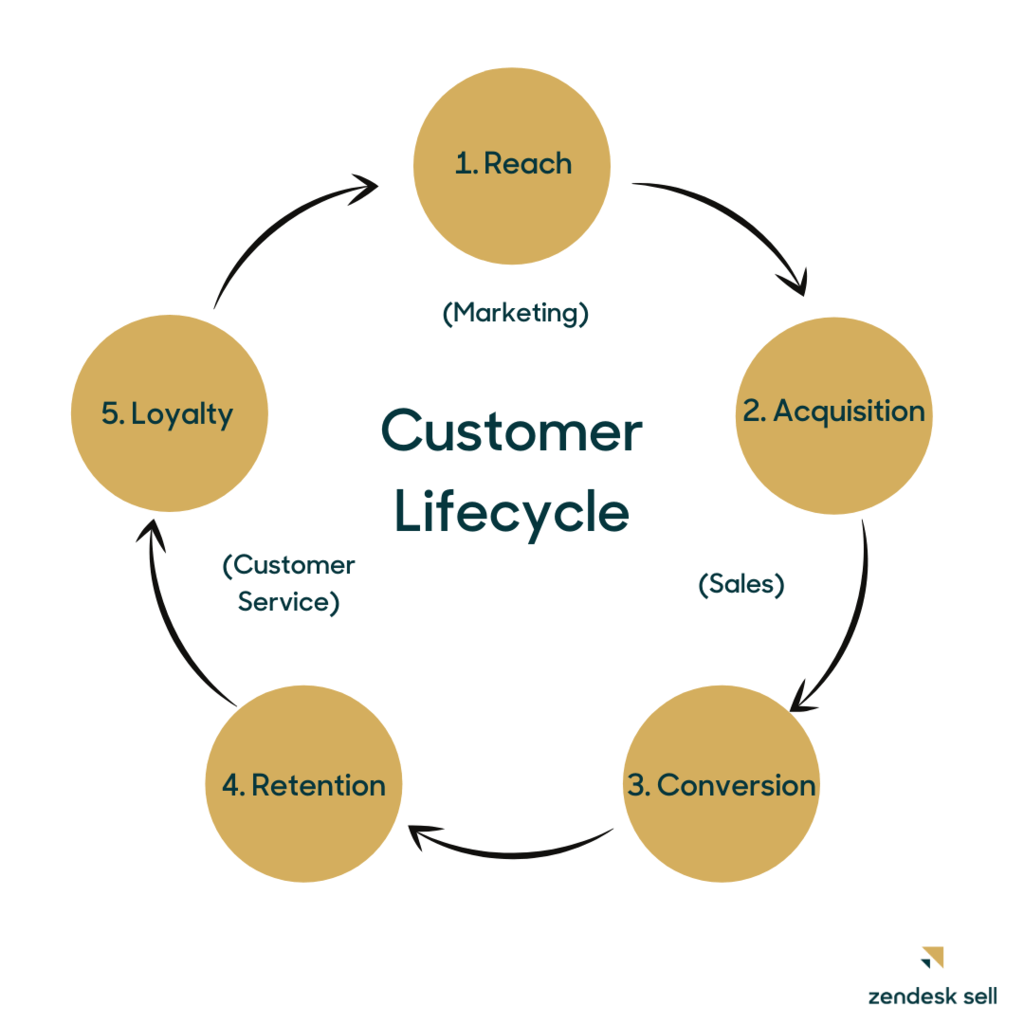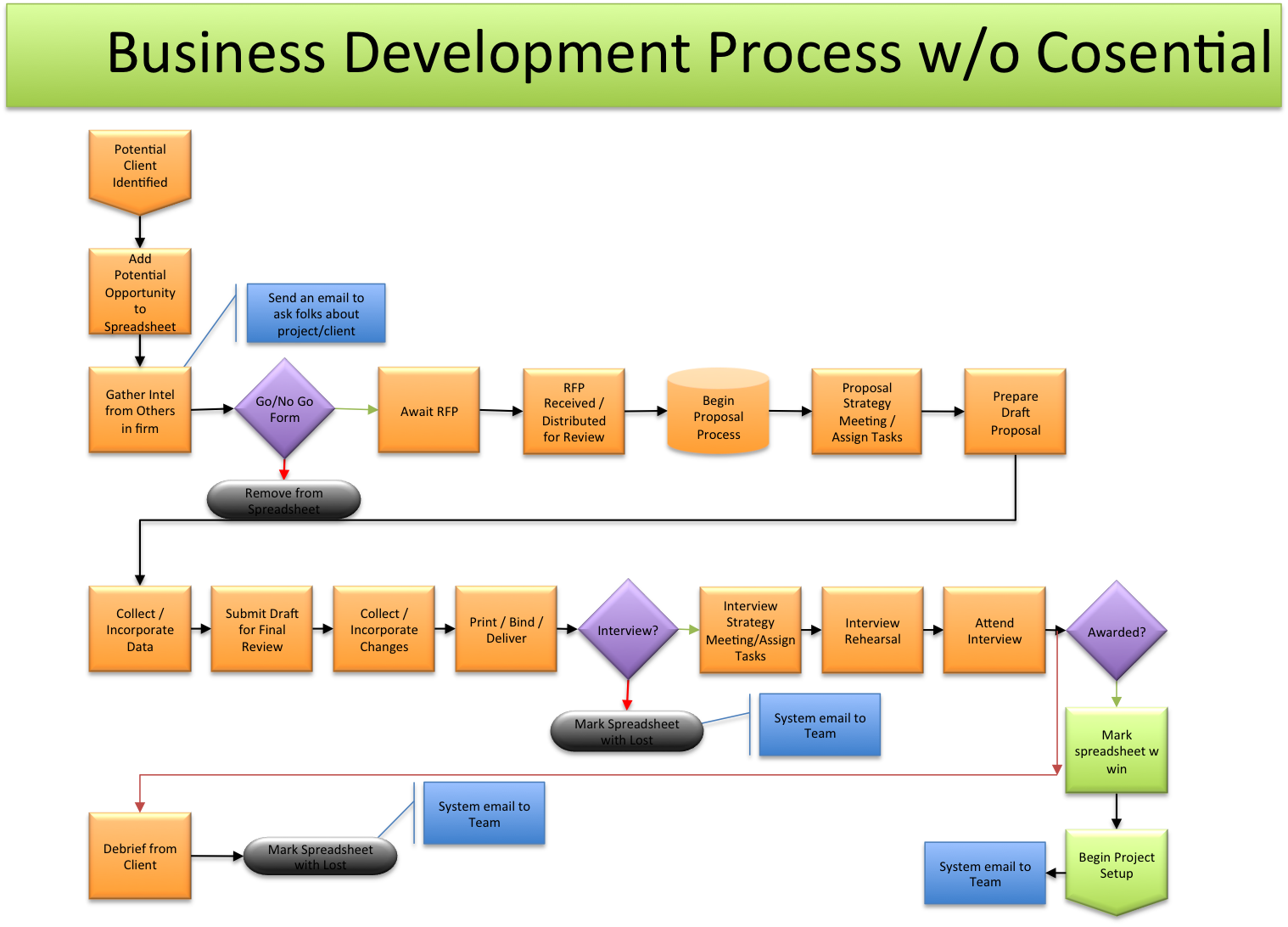

Var formContext = executionContext.getFormContext() įormContext.getControl('header_process_tm_fieldname').setVisible(false) If you have a quick look on the internet, you’ll see lots of blog posts about hiding a field in a business process flow using JavaScript. So, they had the same field on multiple stages of their business process flow where ALL instances needed to be hidden. This had been working well for them, but they wanted to move the field from the business process flow to the header and still wanted to keep the functionality.
CRM BUSINESS PROCESS FLOW UPDATE
However, at any point within this process, a staff member could update the record and stop all further stages and they used a field on the business process flow to manage this. This business process flow was incredibly complicated and was designed to move the record between various staff members who each performed a separate task (with one stage per task).

Which is not, necessarily, what we wanted to. Well, since it does not, it seems this is where we may end up getting more than one “Stage 1 Entity” record for the same BPF if the user decided to create another one. Would not it be great if the BPF kept that relationship somehow instead? Looking at the Advanced Find for the “BPF Automation” entity at this point, and it’s obvious that link to the “Stage 1…” record has been removed: What happens if I choose to move that BPF back to the “Start” stage again? It will go back to the previous state – Stage 1 Entity records won’t be in the “process path” anymore: Well, let’s say it’s all been set up as per the above, so the BPF is, currently, in the second (“Details”) stage: I will see that Stage 1 Record in the dropdown when trying to navigate to the next stage in the BPF: That relationship will now be used as a filter for the BPF.įor example, once the lookup is set on the Stage 1 Record: With that new relationship in place, it will also show up in the BPF designer: In order to fix this, I need a lookup from Stage 1 Entity back to the Main entity: My BPF would lose that link to the Stage 1 Entity record – I could try moving that process to the next stage at this point, but I would have to create another record: In order to move that BPF to the next stage, I can create a Stage 1 Entity record, save it, and it’ll be fine.īut what if I made “Start” stage active again? Once that simple BPF above is created, here is how it looks like in the user interface while I’m still looking at the Main Entity record:: But, it seems, when the BPF is designed to cover multiple entities, there are some quirks there. Business process flows can definitely help guide our application users – they always look nice in the demos, and they easily draw positive feedback.


 0 kommentar(er)
0 kommentar(er)
